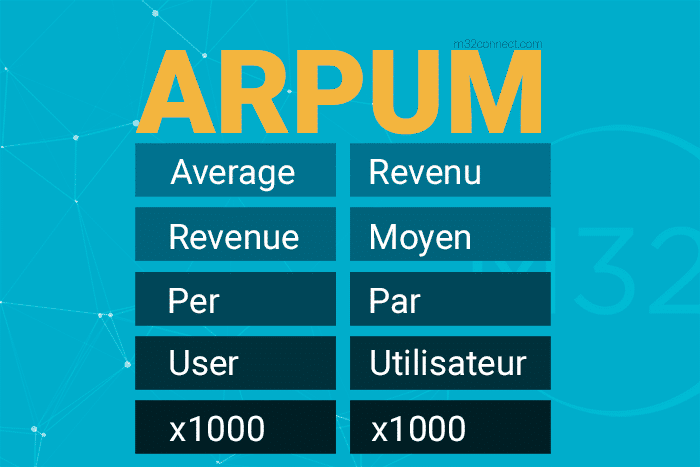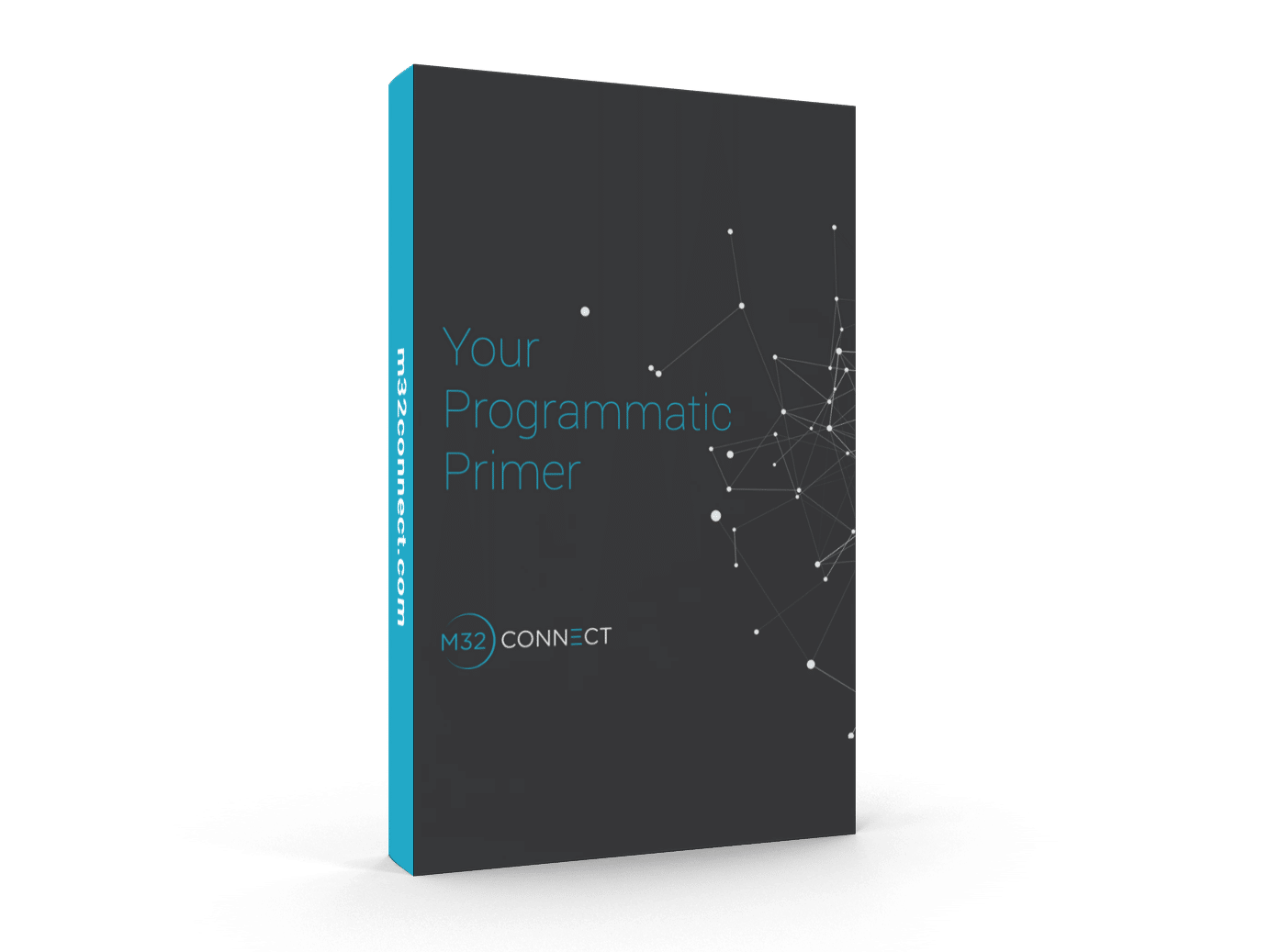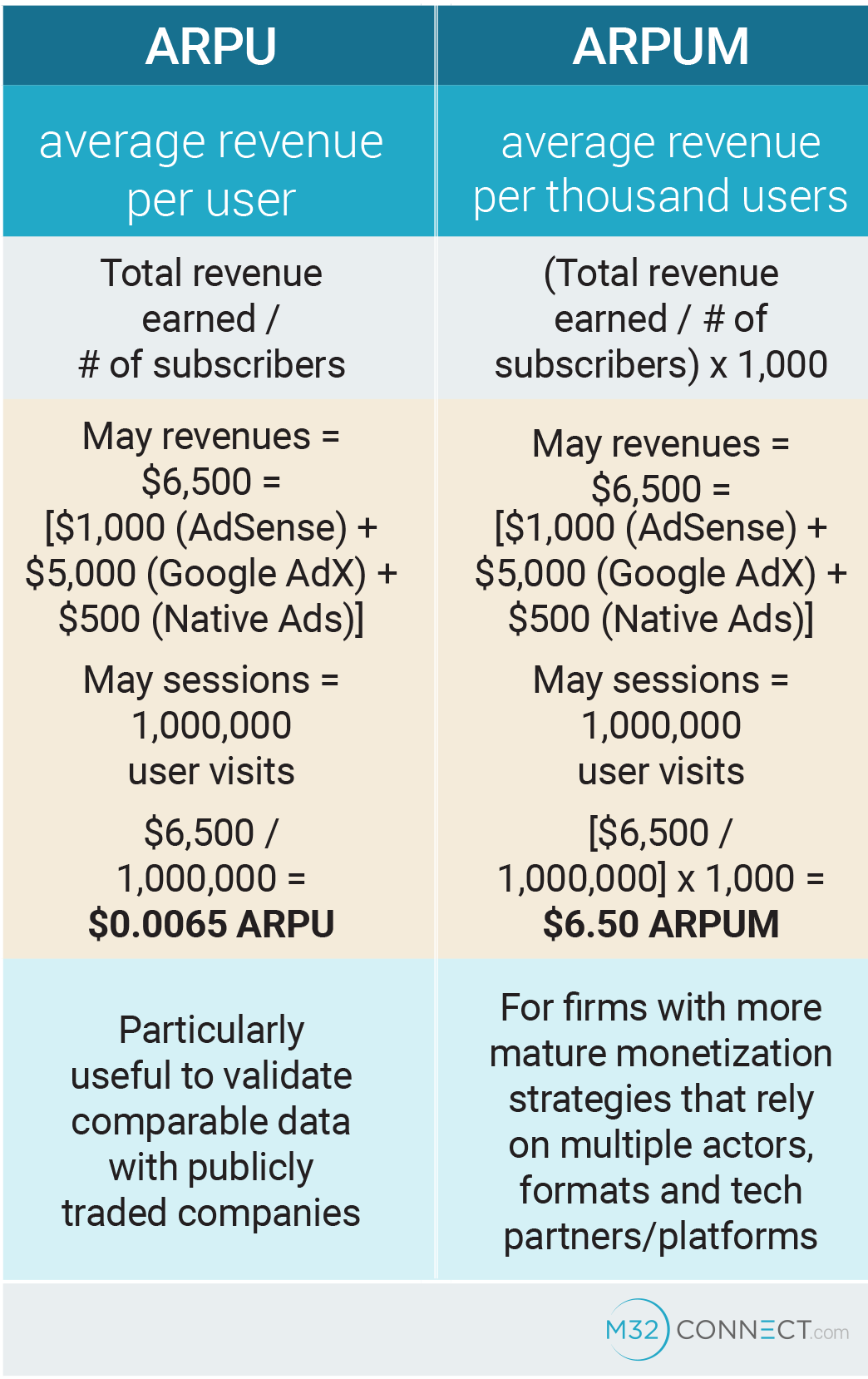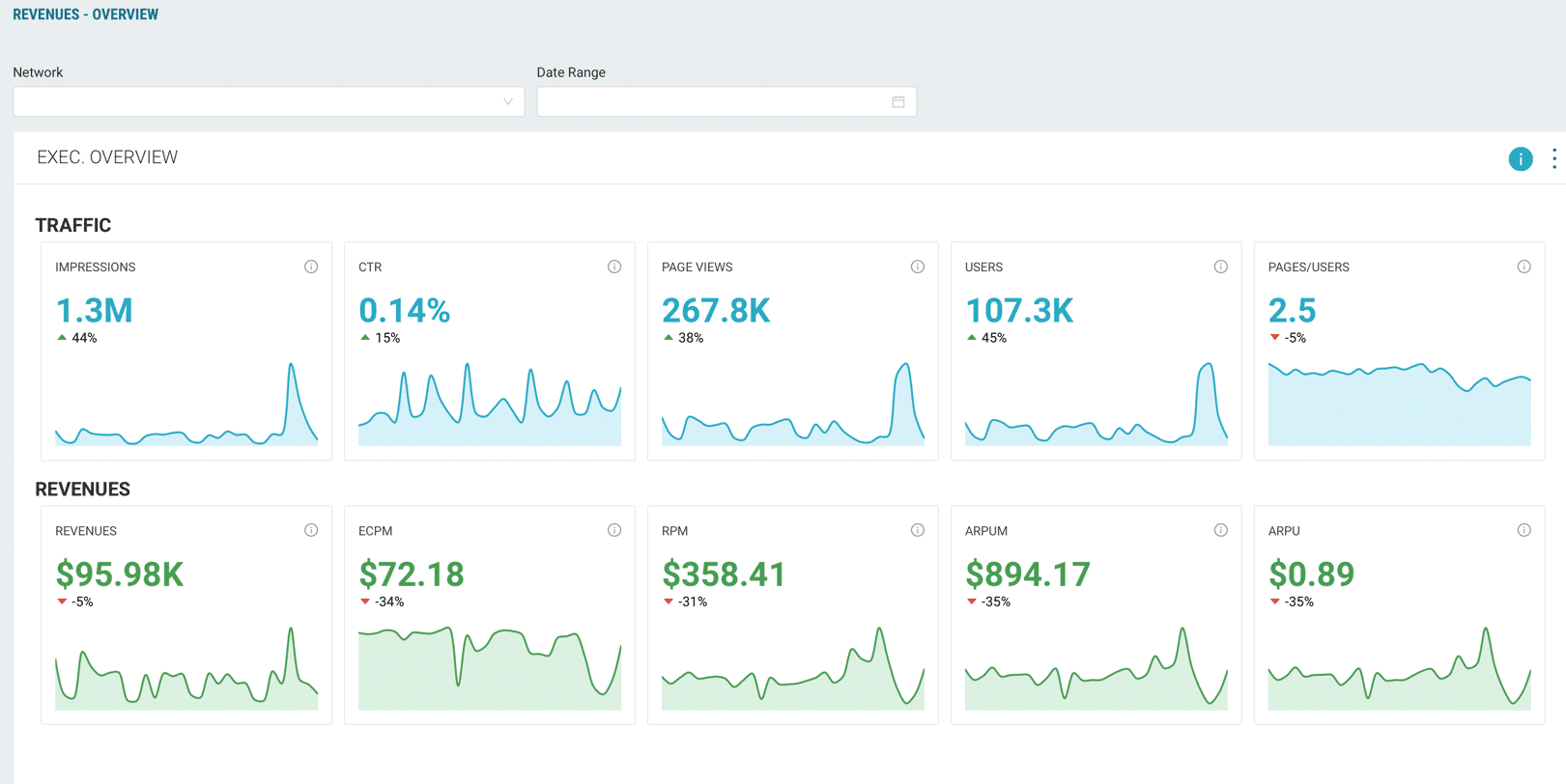Using ARPUM to better define Media Success

The digital media industry has long relied on the same, old KPIs to measure campaign success. But the industry doesn’t stand still, and your success metrics shouldn’t either! Get to know ARPUM, the ad metric that’s built for the programmatic ecosystem of today and tomorrow.
Why RPMs, eCPMs and other traditional metrics are not enough anymore
Work in any industry long enough and you’ll become privy to the squabbling among inside players on how best to do XYZ [insert any process here] better, faster, more efficiently or effectively… and more profitable.
The programmatic ecosystem is no exception—even though it’s relatively young, compared to digital advertising in general.
Take, for example, the KPIs used to measure success in programmatic media. While digital advertising has traditionally been costed out using CPMs (cost per 1,000 impressions = cost/impressions x 1,000)—especially for online banners and other mainstay real estate—it’s important to recognize that metrics like CPMs don’t go far enough to provide a clear indication of the revenues that each particular piece of ad inventory actually delivers, once deployed.
Media giants have addressed this concern, suggesting industry-wide use of the following metrics for every 1,000 impressions that an ad receives:
- RPMs to estimate the revenues
- eCPMs for the effective cost
- vCPMs for viewability accrued
Yet, they’re problematic for several reasons:
- Once you pass a certain threshold, it’s difficult to link an increase in page views to an increase in overall revenues.
- These metrics don’t account for the number of ads on any given page, which compete for a user’s attention and can lower engagement and increase bounce rates.
- These static measures are generally not flexible enough to account for all of the many moving parts of today’s monetization media ecosystem, including factors like different ad formats that are being monetized, market niches being addressed, and other strategies (online Events, paywall, subscription, etc.).
For all these reasons and more, we’ve put forward a new model that focuses specifically on the revenue outcomes achievable through digital monetization: ARPUM.
Introducing ARPUM: Definition and Advantages
Short for “Average Revenue Per Thousand Users”, ARPUM corresponds to the total revenue earned from a programmatic ad deployment against 1,000 users.
Because it takes into account the multitude of factors that can affect monetization revenue, ARPUM is a much more reliable measure of the revenues that publishers actually earn from consumers who visit their sites and interact with their media properties.
As such, it’s also a more actionable and practical KPI that publishers can use to derive higher returns from their assets.
Finally, it helps us build benchmarks across multiple publishers and be able to compare monetization performance across different categories and countries.
ARPUM BENCHMARKS
ARPUM is very helpful to review your performance when you are a local media company and not a Worldwide Tech giant, some of the sites can end up having an average ARPU of 0.09$ converting this KPI to an ARPUM it doesn’t change the performance, but bring this KPI to the CPM, RPM level by outlining the view at 1000 users.
By reviewing the Quarterly financial performance of different media, we are able to outline a view on their Average ARPUM.
|Q3-2019 | USD | Digital Advertising Revenues only | Worldwide performance |
* (These companies do not disclose their ARPU, we estimated that KPI)
======
Sources :
- Snapchat Q3-2019 PDF
- Facebook Q3-2019 PDF
- Twitter (estimated ARPU) Q3-2019-PDF
- New York Times Q3-2019 PDF
- Comscore Traffic
- Reddit – MSNBC

Curious to see how ARPUM stacks up against CPMs, eCPMs and other KPIs? Find more details here about our white paper called “Your Programmatic & Digital Media Monetization Primer” in which we go deeper about this ARPUM & Programmatic.

Mo. Kahlain
Co-foundateur


